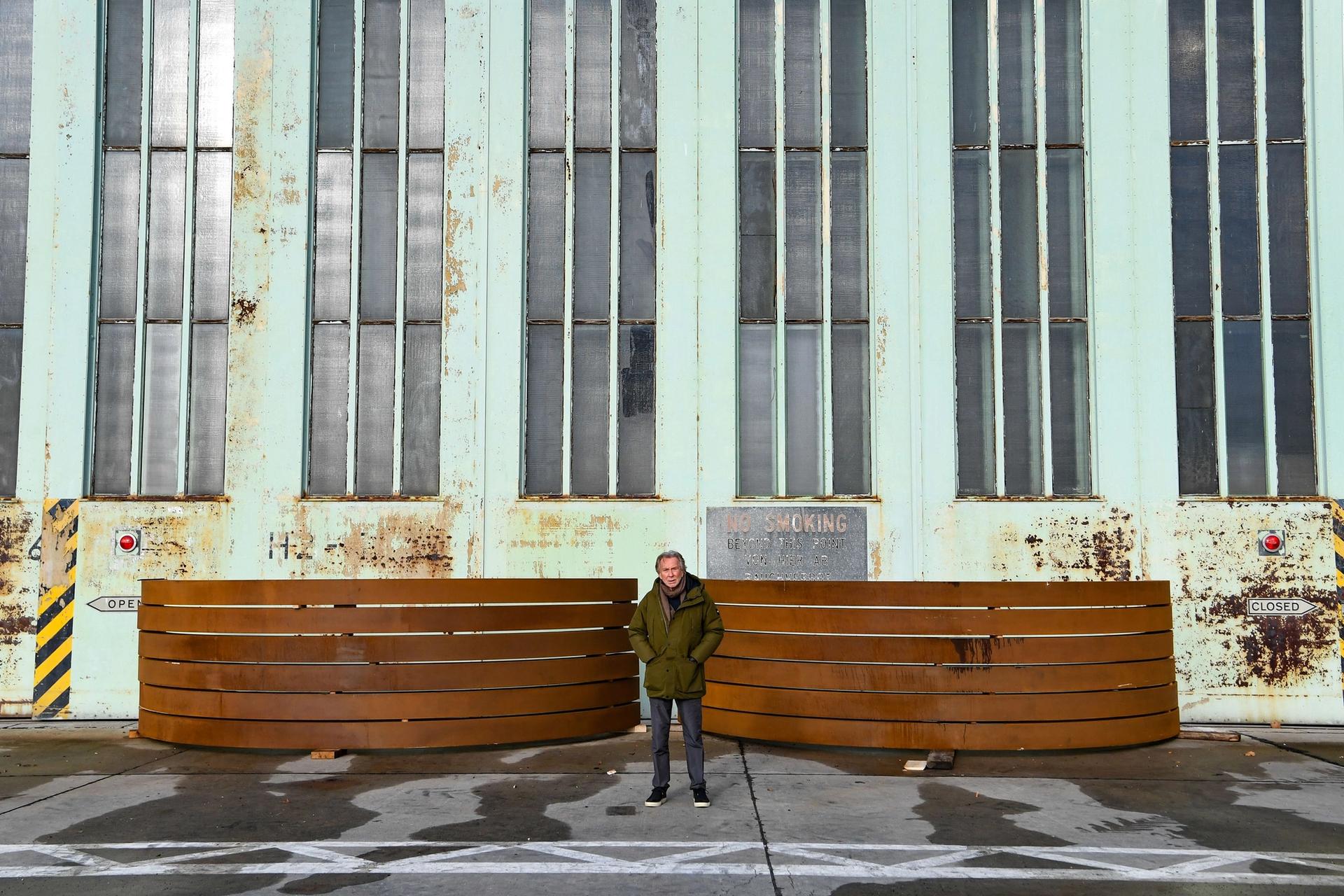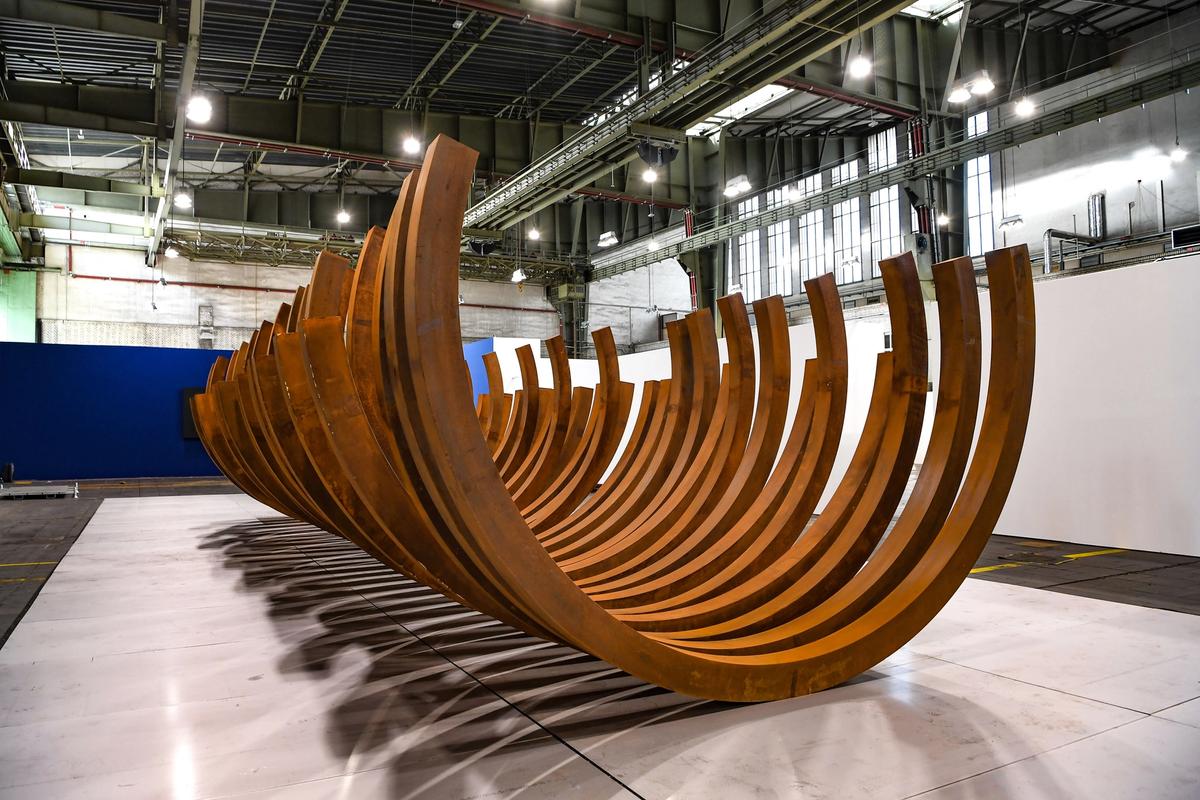Berlin artists have been protesting against the temporary use of the city’s former Tempelhof airport for privately organised exhibitions. The protesters say that the shows do not serve the interests of the city’s artists or its art scene. They also criticise the “secret” decision-making processes that led to the exhibitions mounted by a private foundation.
The Berlin-based South African artist Candice Breitz is among those calling for a boycott of exhibitions at the so-called Kunsthalle Berlin, which Breitz criticises as “a cynical, neoliberal vehicle that will primarily serve to increase the stature and private wealth of all those associated with it”. The Berlin artists’ association, the BBK, asked in a press release: “Where was the dialogue with civil society?”
Tempelhof ceased operating as an airport in 2008. In the long term, Berlin plans to transform it into a complex for arts, culture and public events. In the meantime, the Foundation for Art and Culture, a private Bonn-based foundation chaired by the curator Walter Smerling, has been granted temporary use of the airport’s hangars over the next two years by Tempelhof Projekt GmbH, the company that manages the airport.

Bernar Venet with some of his work on show at the Kunsthalle Berlin Photo: Daniel Biskup, Courtesy: Stiftung für Kunst und Kultur Bonn. ©Bernar Venet, ADAGP 2022
The inaugural exhibition, devoted to the French artist Bernar Venet, is curated by Smerling and opened on 29 January (until 30 May). Bernar Venet, 1961-2021: 60 Years of Sculpture, Painting and Performance is one of Venet’s biggest shows to date and features his signature large metal sculptures. At the opening, the artist used a forklift truck to knock over a series of heavy arc-shaped metal rods in a domino effect.
The protesting artists say Smerling “does not have the support of Berlin’s artists and cultural workers at large”. The BBK says using the name “Kunsthalle” is “fraudulent labelling”. The association also says that for Smerling's last exhibition at Tempelhof, called Diversity United, the artists did not receive a fee despite the organisers “receiving a fat million in public subsidies from the Foreign Ministry”.
And in an article for the Frankfurter Allgemeine Zeitung newspaper, the journalist Niklas Maak pointed out that the sight of 12 white men standing in front of a painting by Anselm Kiefer at the opening of Diversity United last year contradicted the title of the exhibition. Instead of diversity, he wrote, it gave the impression of an “old boys’ club”.
At a press conference for the opening of the Venet exhibition, Smerling said he is “open to dialogue”, rejected accusations that the decision-making process was opaque, and said he did not think a boycott was the right way to protest against the temporary Kunsthalle.
But the photographer Tobias Zielony points out that the airport belongs to the city. “The city should decide what happens there, and this really wasn’t a democratic decision”, he says. “I think the main question is: how did this two-year contract come into being?”


